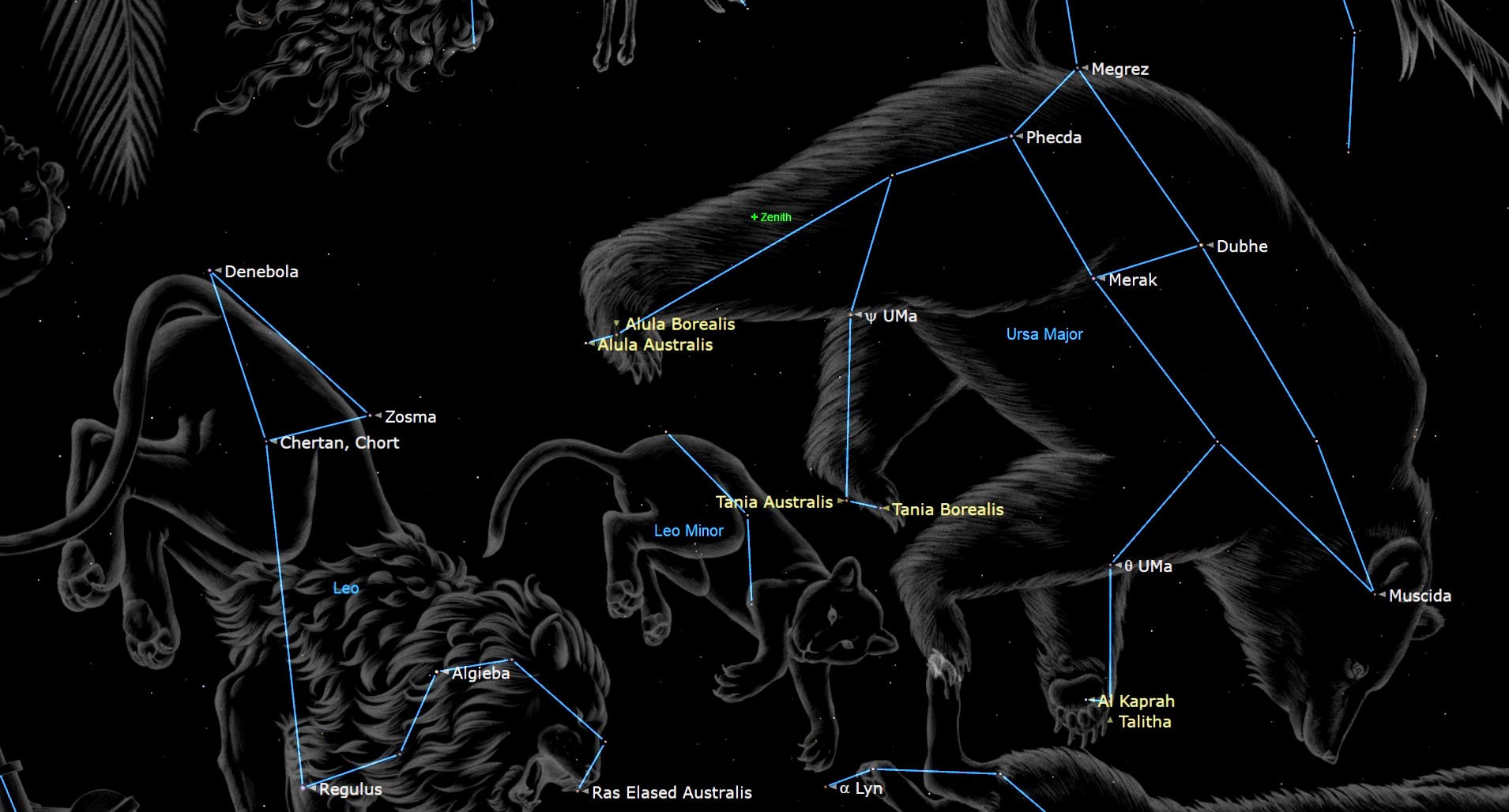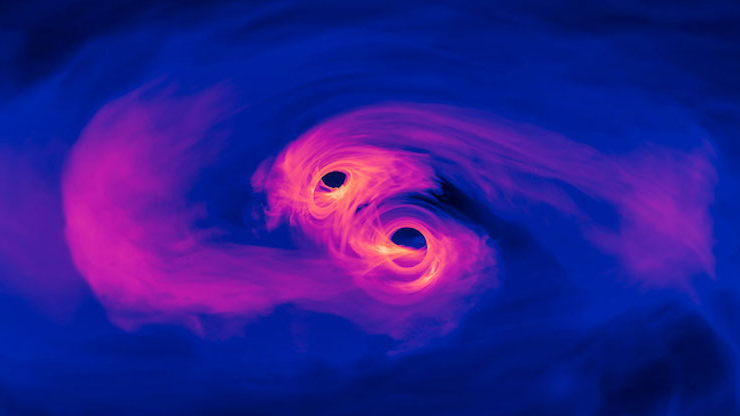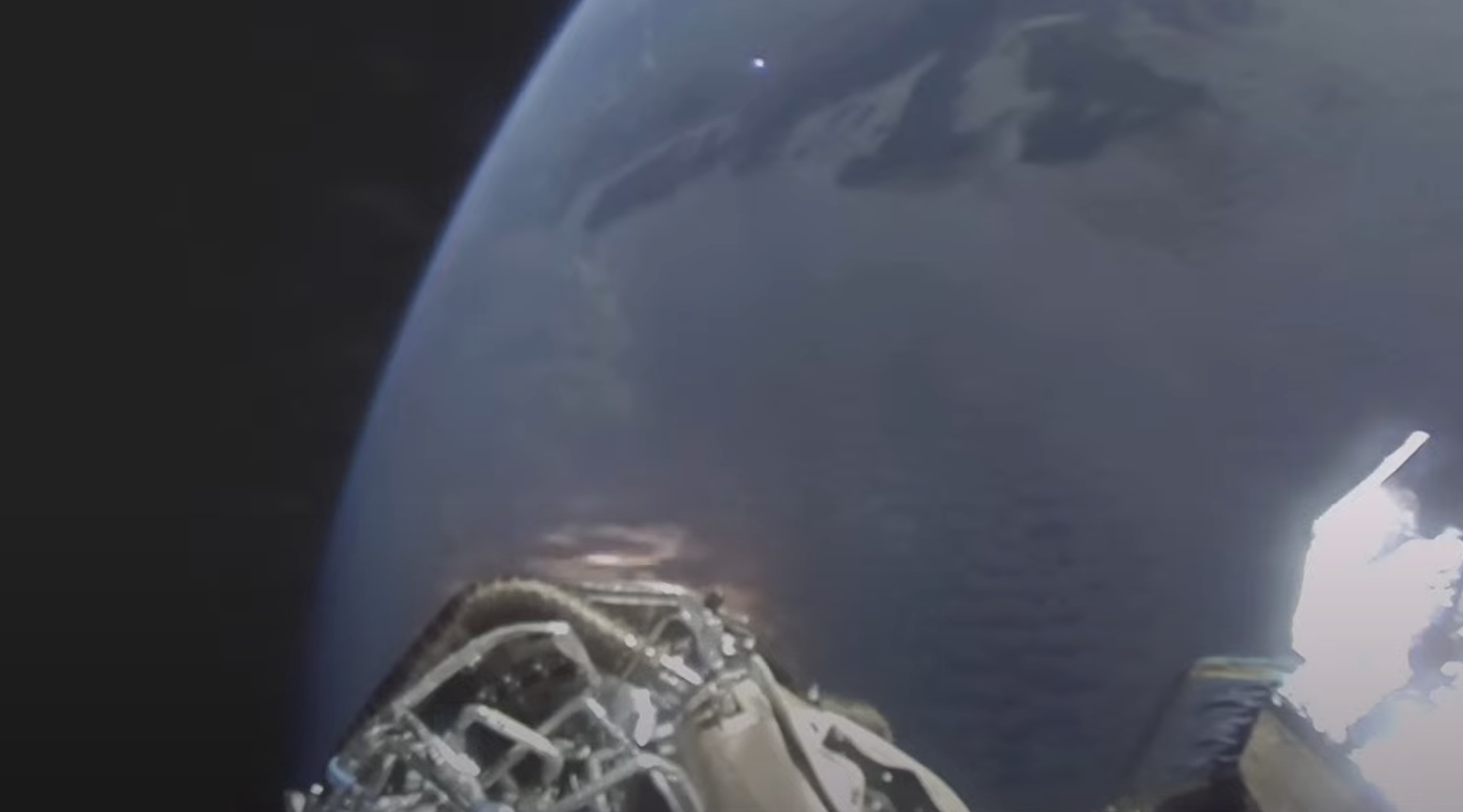NASA's new SPHEREx space telescope takes its 1st cosmic images: 'The instrument team nailed it'
"This is the observatory's full field of view, a rectangular area about 20 times wider than the full moon."
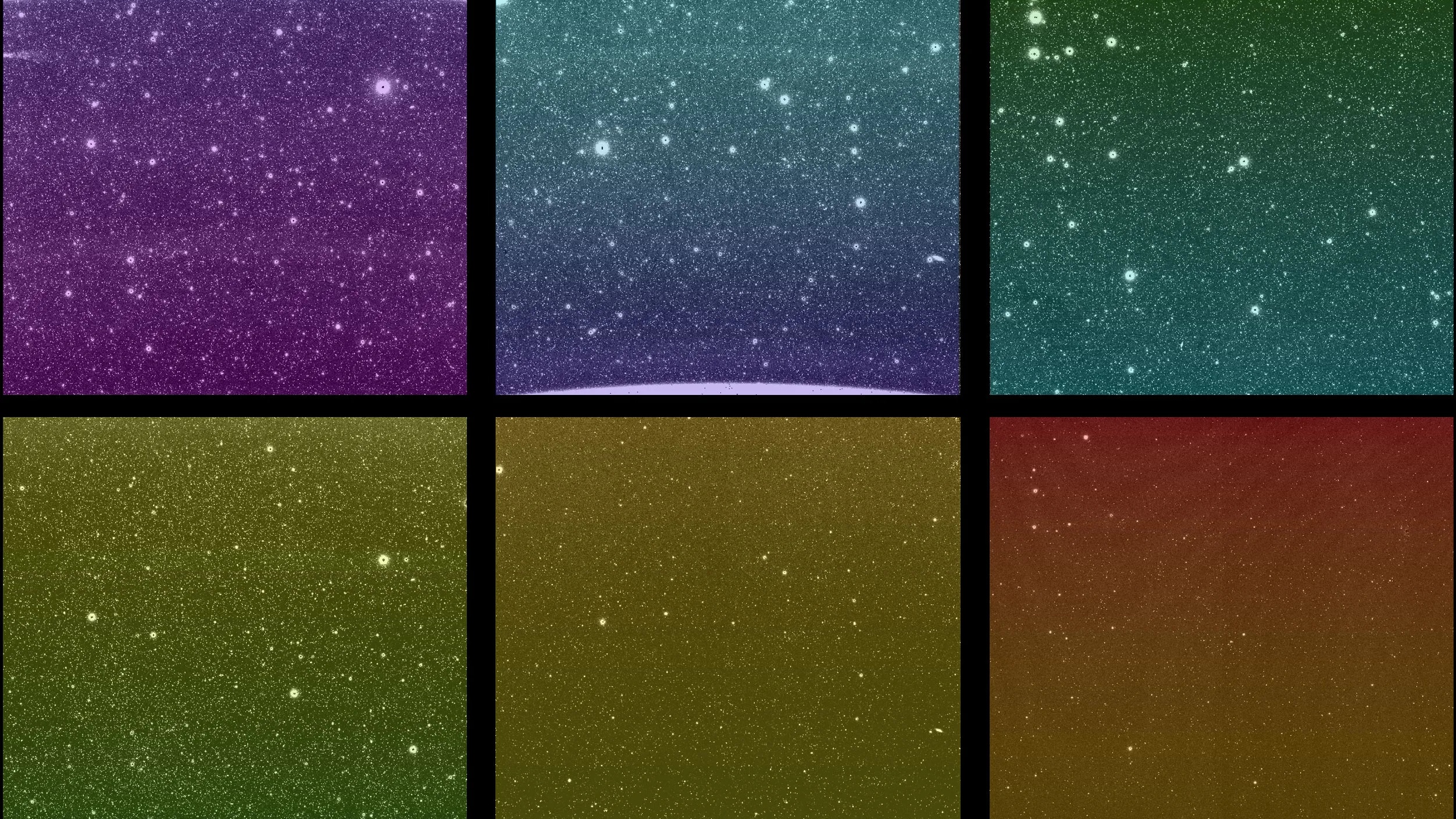
You know how the James Webb Space Telescope is said to be revolutionizing astronomy because it can study wavelengths hidden to human eyes? Well, those wavelengths lie in the infrared region of the electromagnetic spectrum — and on April 1, NASA announced its brand new infrared space telescope, SPHEREx, has officially opened its eyes to the cosmos as well.
This first light, as it's called, shows that all of the spacecraft's systems are working just as expected. "Based on the images we are seeing, we can now say that the instrument team nailed it," Jamie Bock, SPHEREx’s principal investigator at Caltech and NASA's Jet Propulsion Laboratory in California, said in a statement.
SPHEREx, which stands for (get ready for a mouthful) Spectro-Photometer for the History of the Universe, Epoch of Reionization and Ices Explorer, can be thought of as a wide-angle version of the James Webb Space Telescope. Both work with infrared wavelengths, meaning they can peer through blankets of cosmic dust and probe extremely distant parts of the universe that other visible-light instruments cannot, but they go about this differently. If the James Webb Space Telescope's expertise is decoding the intricacies of an ancient star, SPHEREx's expertise is mapping out all the stuff around the star. To be fair, SPHEREx's latest images don't exactly illustrate the ultimate gallery this spacecraft should be able to create. But they're key in its journey nonetheless.
What am I looking at?
Basically, the six panels above each represent a different one of SPHEREx's six detectors.
"SPHEREx's complete field of view spans the top three images; the same area of the sky is also captured in the bottom three images," according to the statement.
Each detector is responsible for uncovering information in 17 unique wavelength bands; so altogether, this infrared eye on the sky is able to study the universe in a staggering 102 bands. Plus, even in each of these six test images, there are about 100,000 astronomical sources.
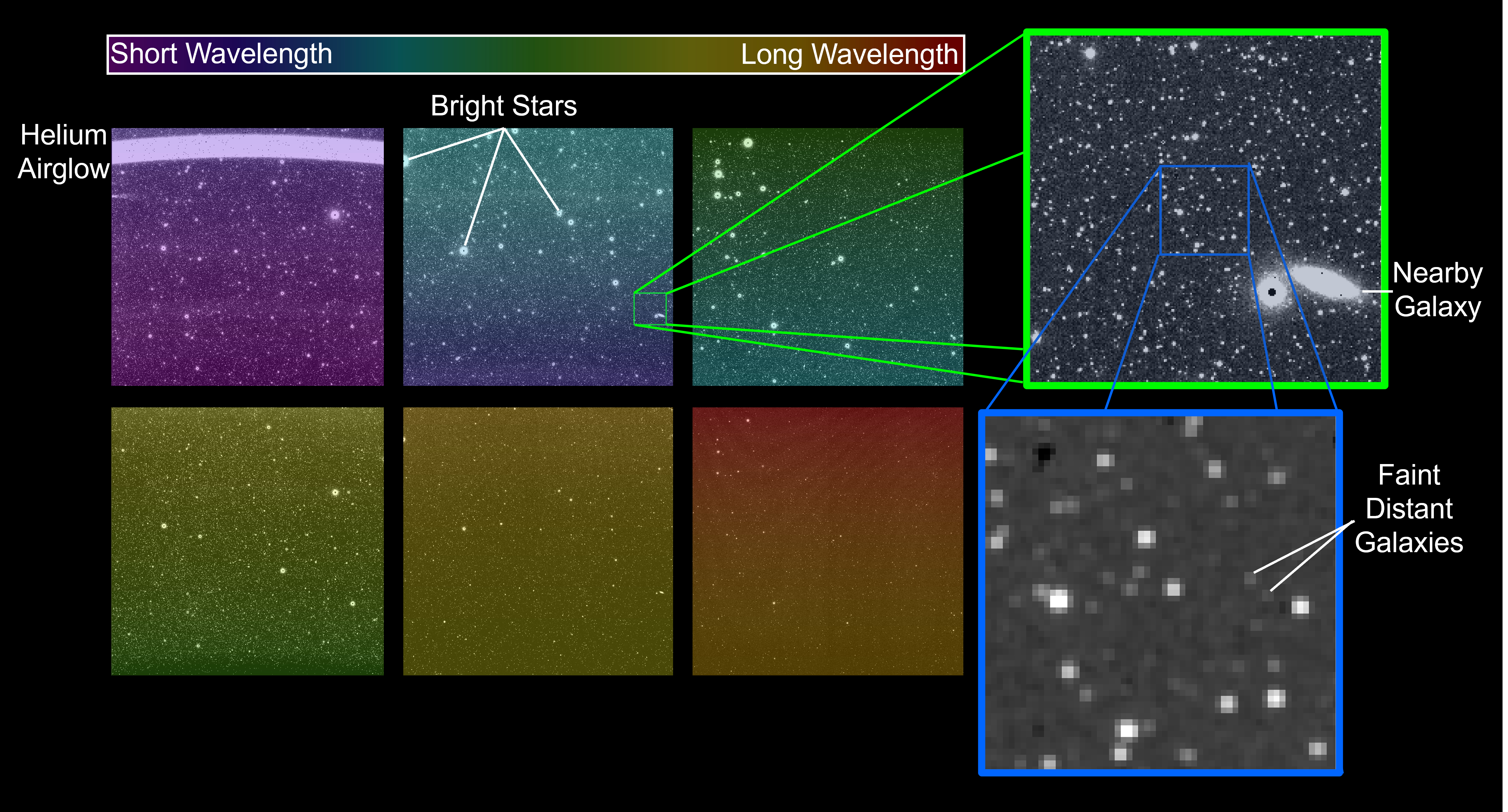
The colors assigned to the images are, of course, present in the visible section of the electromagnetic spectrum — the region human eyes are sensitive to. However, they all represent infrared wavelengths that exist in SPHEREx's reality. Redder parts of the image represent longer wavelengths while more purple parts of the image represent shorter wavelengths. And this assignment makes a lot of sense.
Get the Space.com Newsletter
Breaking space news, the latest updates on rocket launches, skywatching events and more!
Within the visible region of the spectrum, the redder the wavelength, the longer the wavelength. From our perspective on and around Earth, wavelengths of light emanating from cosmic objects actually go from the bluer section of the spectrum to the red section, and then tread into infrared waters. This is because the expansion of the universe forces light wavelengths to stretch out like rubber bands while traveling to our corner of the cosmos. That's why infrared astronomy is so important. It's the way to see things that drifted very (very) far away. The most ancient of things that formed just after the Big Bang kickstarted time 13.7 billion years ago.
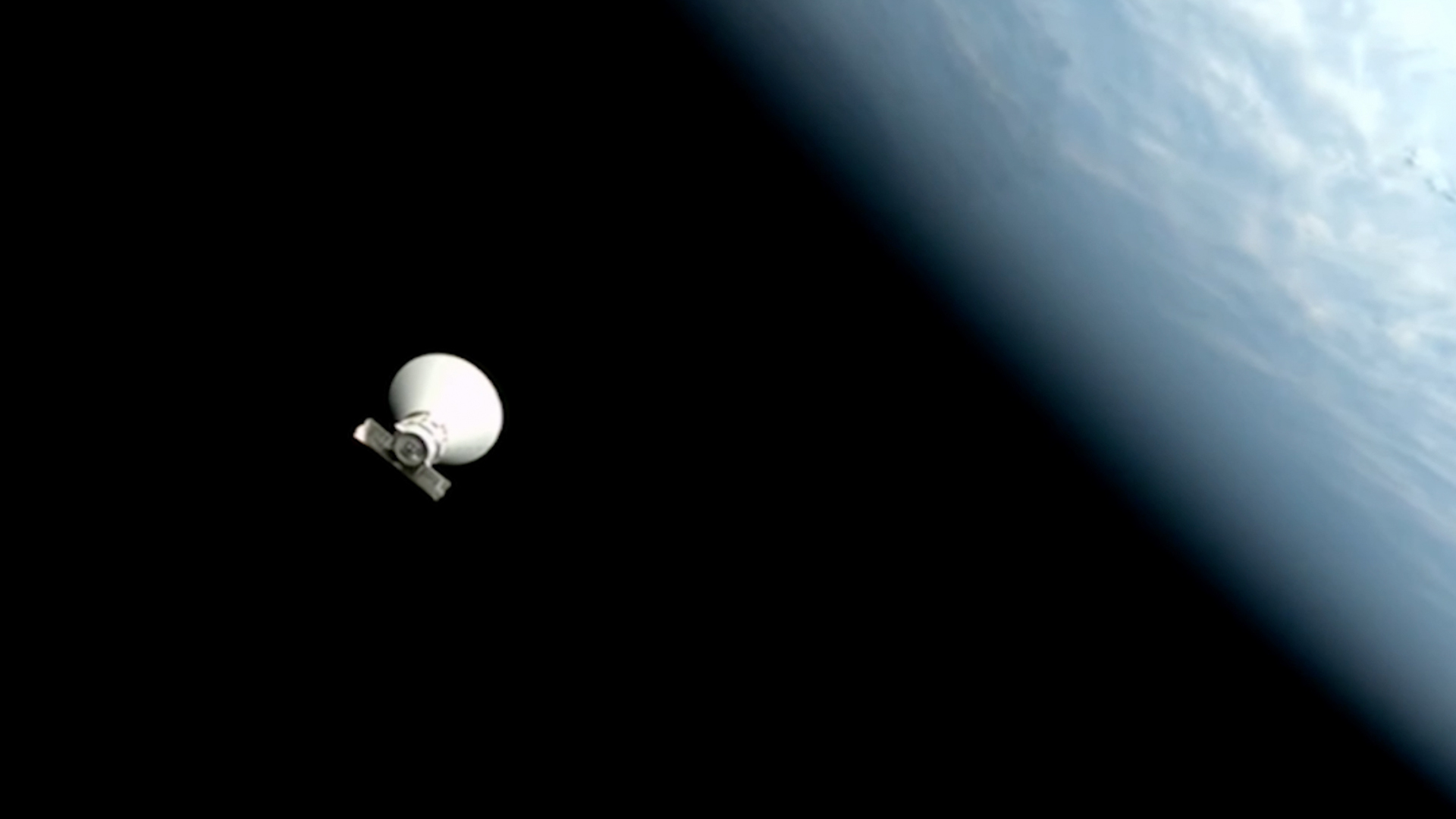
The team says these panels show that SPHEREx's detectors are indeed able to turn on, for one, but that they're also able to focus. Focusing SPHEREx, according to the statement, is something that could've only been done on Earth. Nothing can be changed now on that front.
At present, the detectors are continuing the process of cooling down. They need to be quite cold because too much heat can interfere with infrared measurements. For context, infrared signatures are akin to heat signatures — firefighters, for instance, use them to locate where fires might be burning in a building. Once that's done, hopefully it'll be smooth sailing for SPHEREx.
"This is the observatory's full field of view, a rectangular area about 20 times wider than the full moon," the NASA statement says. "When SPHEREx begins routine science operations in late April, it will take approximately 600 exposures every day."
NASA's $488 million SPHEREx space telescope launched into space on March 11.
Join our Space Forums to keep talking space on the latest missions, night sky and more! And if you have a news tip, correction or comment, let us know at: community@space.com.

Monisha Ravisetti is Space.com's Astronomy Editor. She covers black holes, star explosions, gravitational waves, exoplanet discoveries and other enigmas hidden across the fabric of space and time. Previously, she was a science writer at CNET, and before that, reported for The Academic Times. Prior to becoming a writer, she was an immunology researcher at Weill Cornell Medical Center in New York. She graduated from New York University in 2018 with a B.A. in philosophy, physics and chemistry. She spends too much time playing online chess. Her favorite planet is Earth.
You must confirm your public display name before commenting
Please logout and then login again, you will then be prompted to enter your display name.

